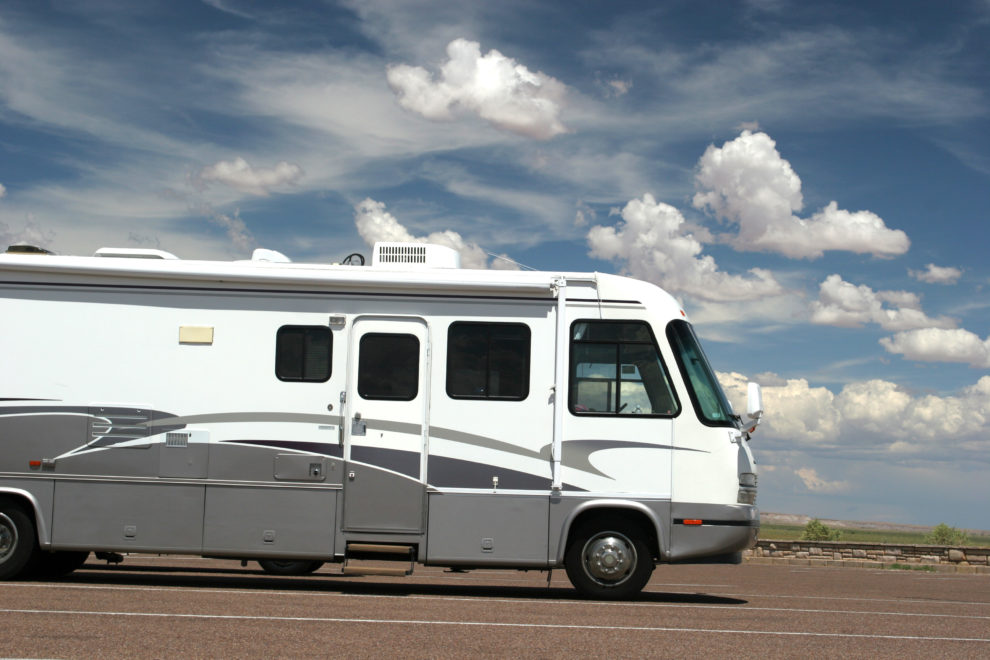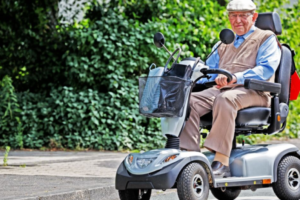In 2021, camping hit a new record with 57 million households taking on the outdoors. There are a lot of ways to enjoy camping, but RVs make camping more comfortable and convenient.
Whether you buy or rent an RV, you’ll need to drive it off the lot and to your destination. First-time RV drivers might be nervous because of the size and weight of the vehicle.
Luckily, we have some of the best driving tips for larger RVs that can keep you safe on the road. Keep reading to learn them.
Table of Contents
Take Your Time on Turns
It would be pretty simple to drive large RVs on completely straight roads, but this is not realistic. One of the most common RV driving tips you’ll hear is to take your time on turns.
Compared to your everyday vehicle, RVs add a lot of length to the road. You’ll need to slow down a lot before trying to turn. Turning while driving too fast can cause the RV to tip over.
Take the extra length into account and make a wide enough turn to keep everyone safe.
Because you will be slowing down, it’s important to give other drivers on the road plenty of time to notice your next move. Turn on your blinker a lot sooner than you would normally.
Fellow drivers will see your blinker and recognize that you’ll need to slow down ahead of turning.
Brake Early
Class A motorhomes are typically the largest on the market. Your RV adds a lot of weight to the usual rig, which means speeding up and slowing down will take much longer.
Plan out your actions ahead of time so that you’ll be able to slow down in time to avoid causing a crash.
Motorhome driving is much like driving a regular car on icy roads because both require extra caution. In icy road conditions, while driving a normal car, you’ll have to brake early.
Rushing into things when driving an RV can be disastrous. You won’t be able to instantly stop the momentum of an RV, even if you slam on the brakes.
Ask for Help With Parking
If you’re not usually one to ask for help with anything, that will have to change when you purchase a new RV. This is an RV safety tip that is often overlooked because drivers think they can do it all on their own.
While it’s not impossible to park an RV without help, you should take it if you have it.
Parking an RV is more difficult because of the size, weight, and tail swing of the vehicle. Your mirrors won’t provide you with a full view of the situation around you. It’s easy to hit something in your blind spot while parking.
Get help from an outside observer when trying to park. A passenger or campground associate can aid in parking. Roll down the window to hear their instructions.
The more you practice parking, the easier it gets. But, it’s never quite as easy if you don’t ask for help, even if you have practice.
Prepare for Trailer Sway
Trailer sway is a potentially dangerous and even deadly situation that all RV owners need to understand. If a trailer is hit by the wind or caught in a vehicle’s slipstream, it can sway back and forth on the road.
Drivers tend to panic when they notice this happening and try to minimize the swaying. If it continues or gets worse, the RV can flip over.
If you are experiencing trailer sway on the road, don’t speed up or hit your brakes. These actions can easily make the situation turn from bad to worse.
Here’s what you should do instead: Take your foot off the gas and keep the wheel straight. This will help slow the RV down until the swaying stops.
To have the best chance of regaining control of the situation, consider investing in a trailer sway bar.
Don’t Speed
This is an obvious tip that you should follow whether you are driving an RV or not. In some cases, it’s better to stay under the speed limit when driving large RVs.
Staying at or under the speed limit can keep you and your passengers safe from various problems. It’s going to be tempting to keep up with other cars on the road, but it’s more important to keep safety in mind.
Speeding can cause trailer sway, turning issues, and flips.
Semi-truck drivers try to drive about 10 miles under the speed limit because of their large vehicles. RV drivers might take on this recommendation for safety as well.
Drive your RV in the right-hand lane so that faster vehicles can get ahead of you without problems. It’s the courteous thing to do on the road.
Use an RV-Safe GPS
New RV owners might not be aware that there are RV-safe GPS tools on the market. This GPS provides RV-safe directions no matter where you are traveling.
An RV GPS gives turn-by-turn directions based on the specifications of the vehicle. You don’t have to worry about running into an overpass or going down a narrow and unsafe road.
Some of these tools also make it easy to find campgrounds in the area and other points of interest on your journey.
Practice Safe Driving in Large RVs
Safe driving is essential on the road no matter what vehicle you are taking. Driving in large RVs requires additional care on the road because of the size and weight of the vehicle.
If you’re a new RV driver, it’s important to follow these safe driving tips. Take your time turning, brake early, don’t speed, and prepare for trailer sway. Buy an RV-safe GPS for additional instructions and help on the road.
For more travel guides like this, check out the other posts on our blog.




Add Comment